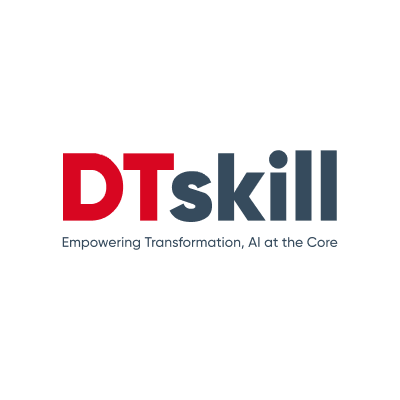Understanding Integration Orchestration
Integration Orchestration is the art of streamlining the communication between various systems, applications, and data sources within an organization. It involves the coordination and automation of data exchange, allowing disparate technologies to work together harmoniously. Think of it as the conductor of a symphony, ensuring that all the instruments (systems) play in harmony and at the right time.
The Importance of Integration Orchestration
In today’s interconnected world, businesses rely on a multitude of software, applications, and platforms to operate efficiently. Integration Orchestration plays a vital role in achieving a unified and synchronized IT environment. Here are a few key reasons why it’s so essential:
Efficiency: Integration Orchestration reduces manual and time-consuming tasks by automating data flows. This leads to increased productivity and a reduction in human errors.
Improved Data Accuracy: By automating data transfers and transformations, Integration Orchestration ensures data accuracy and consistency, which is crucial for decision-making.
Flexibility: As businesses evolve, their IT ecosystems often change. Integration Orchestration allows organizations to adapt and integrate new tools and systems seamlessly.
Enhanced Customer Experience: Streamlined integrations lead to a smoother customer journey, resulting in higher customer satisfaction and loyalty.
Cost Reduction: Automation reduces operational costs, as less manpower is required for managing integrations.
How Integration Orchestration Works?
Integration Orchestration typically involves the use of integration platforms that connect various applications and systems through a centralized control system. These platforms provide a range of features, including:
Connectivity: Integration platforms offer a wide range of connectors that enable the integration of different systems, databases, and cloud services.
Mapping and Transformation: They facilitate the mapping and transformation of data between different formats, ensuring compatibility.
Workflow Automation: Integration Orchestration platforms allow for the creation of workflows that automate data exchange and business processes.
Monitoring and Management: They offer tools to monitor integrations, track performance, and manage errors.
Challenges and Best Practices
While Integration Orchestration offers numerous benefits, it comes with its own set of challenges. Security, scalability, and compatibility are among the key issues organizations must address. To successfully implement Integration Orchestration, here are some best practices to consider:
Clearly Define Objectives: Clearly outline your integration goals and the desired outcomes.
Select the Right Tools: Choose an integration platform that aligns with your organization’s needs and future growth plans.
Data Security: Implement robust security measures to protect sensitive information during data transfers.
Regular Monitoring and Maintenance: Continuously monitor and maintain your integrations to ensure they function optimally.
Training and Documentation: Train your team and maintain comprehensive documentation to facilitate smoother operations.
Scalability: Ensure your Integration Orchestration solution can scale to meet the growing demands of your organization.
In a world where data is king, Integration Orchestration is the key to unlocking its potential. It empowers organizations to seamlessly connect systems, automate workflows, and enhance overall efficiency. By adopting Integration Orchestration, businesses can stay competitive in a rapidly evolving digital landscape.
